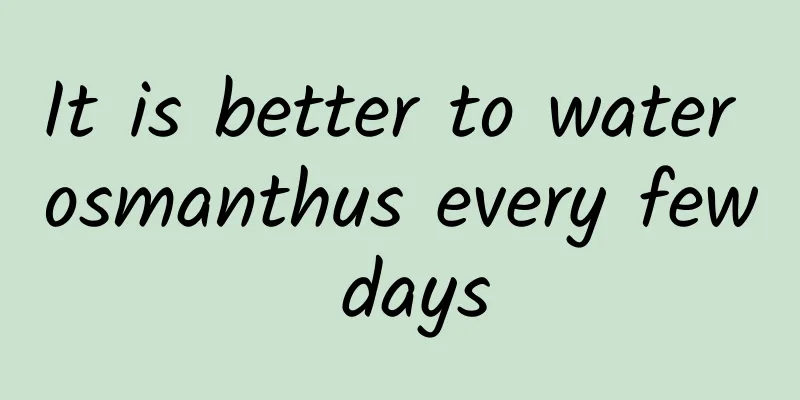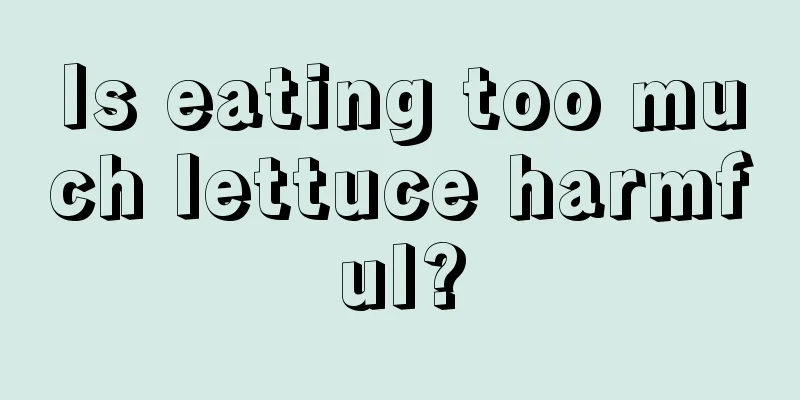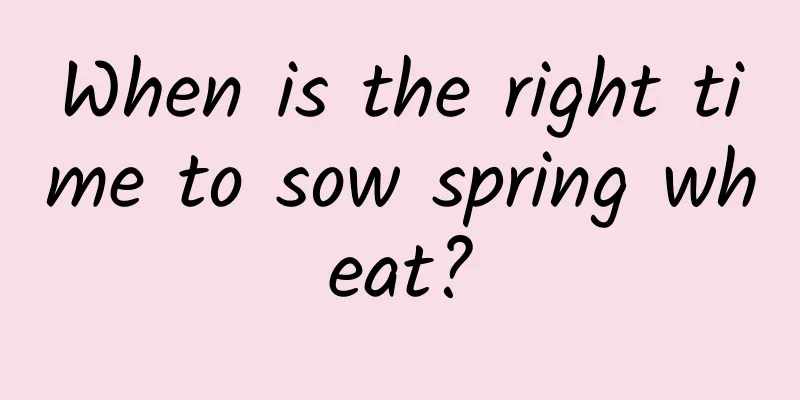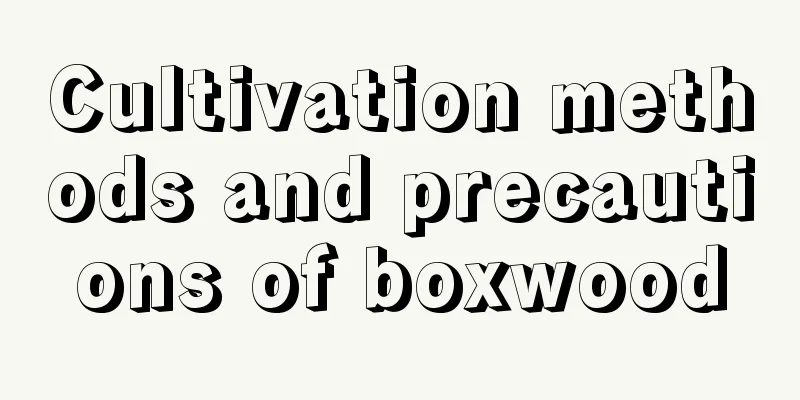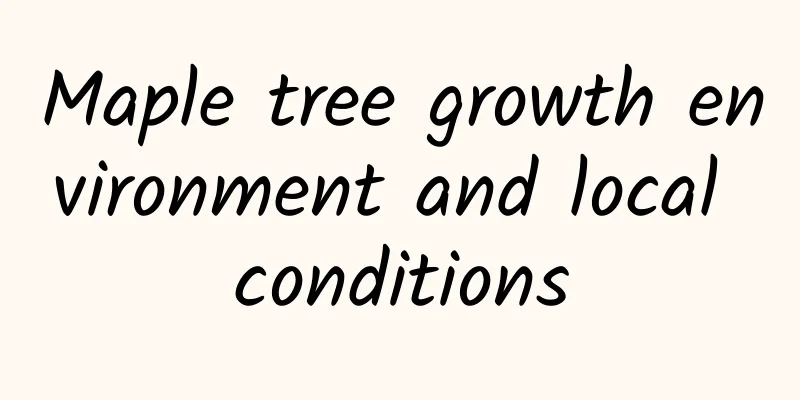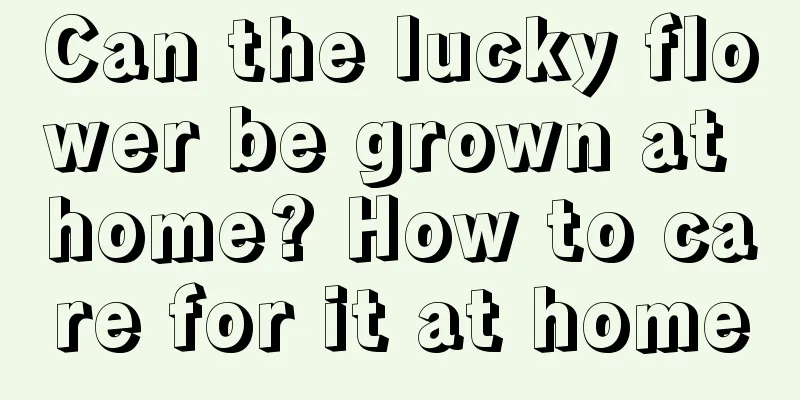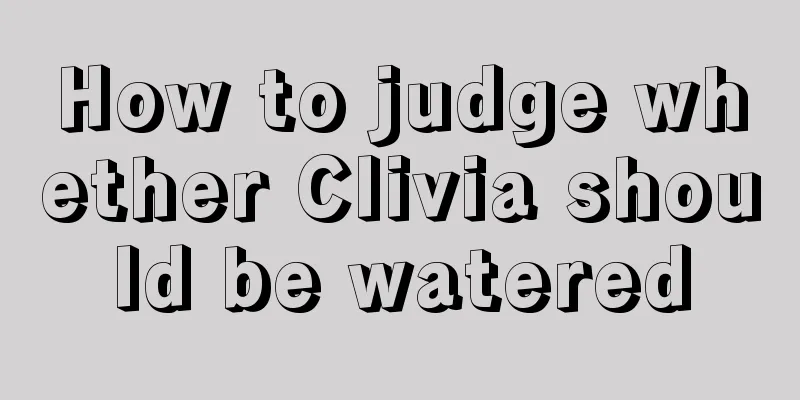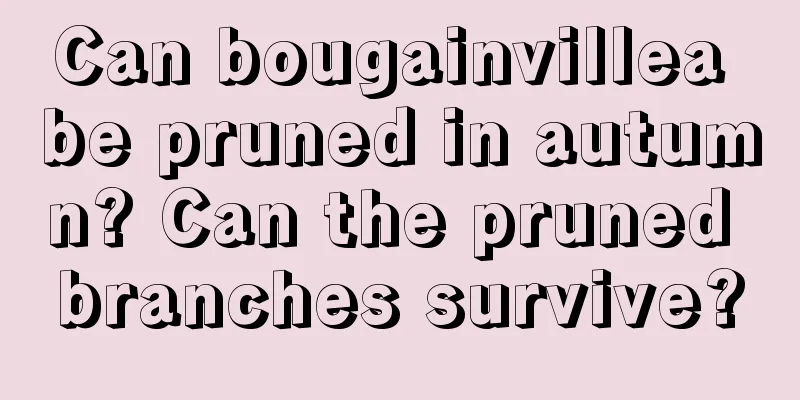What are the benefits of spraying foliar fertilizer on fruits and vegetables (when is the best time to spray foliar fertilizer on vegetables)
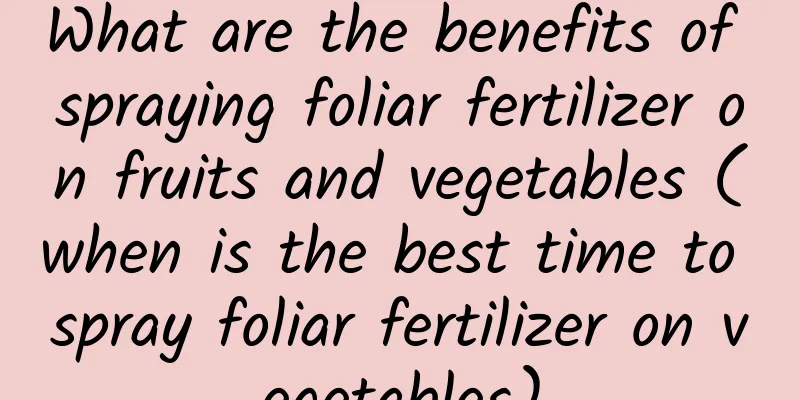
The role of foliar fertilizer sprayingSpraying foliar fertilizer on fruits and vegetables is a very effective means to quickly supplement nutrients to crops. Spraying foliar fertilizer plays an important role in stabilizing and increasing the yield of fruits and vegetables . There are many tiny pores on the leaves of crops, and the nutrients, water and other nutrients contained in foliar fertilizers enter the body directly from the stomata of the leaves, participating in the metabolism of the crops and the synthesis of organic matter, so it is faster and more effective than soil fertilization. Therefore, foliar fertilizer is often used as an effective measure to promptly treat crop nutrient deficiencies. Especially in the middle and late stages of crop growth, root vitality declines and the ability to absorb fertilizer decreases; or when the soil environment is unfavorable for crop growth. If there is too much water, drought, or the soil is too acidic or alkaline, the crop root absorption is blocked, and the crops need to resume growth quickly. It is not convenient to fertilize the roots to meet the needs of the crops. Only foliar spraying can quickly replenish nutrients. According to the ingredients, formula and functions of foliar fertilizer, its main uses are: 1. Nutritive foliar fertilizerIt mainly contains one or several different macro, medium and trace elements, which can provide and supplement crop nutrition in a targeted manner and improve crop growth. Common varieties include potassium dihydrogen phosphate, liquid slow-release nitrogen fertilizer, sugar alcohol calcium, chelated iron, zinc, boron fertilizer, etc. Spray different foliar fertilizers according to the different growth stages and fertilizer requirements of crops. 2. Functional foliar fertilizerThere are many functional foliar fertilizers on the market now. Basically, they add various biostimulants such as amino acids, humic acid, alginate, microalgae, etc. to the nutritional elements to achieve the functions of promoting crop growth, protecting flowers and fruits, rooting and strengthening seedlings, and resisting stress and diseases. In the past, manufacturers added chlormequat, paclobutrazol and other ingredients to foliar fertilizers to control growth; indoleacetic acid, gibberellin and other ingredients to promote rooting; ethephon and other ingredients to accelerate ripening and color change . However, the state now stipulates that it is not allowed to add them, otherwise it is illegal and will be treated as fake pesticides. 3. Mix foliar fertilizer and pesticidesIt plays a role in enhancing drug efficacy and promoting crop recovery. Although the use of foliar fertilizer is quick and has a high utilization rate, it can only be used as an auxiliary means of topdressing crops. Crops mainly rely on their roots to absorb nutrients. Only by combining root fertilization with foliar fertilization can we ensure a bumper harvest of vegetables, fruits and melons. When is it necessary to spray foliar fertilizer?1. When the crop root system ages and the absorption capacity weakens, apply foliar fertilizer. In the later growth stages of annual crops, root vitality declines and the ability to absorb fertilizer decreases. If you want to apply fertilizer to crops, the root application method cannot meet the needs of crops. At this time, it is appropriate to use foliar fertilizer spraying. 2. When crops show nutrient deficiency, foliar fertilizer must be applied. During the growth process of crops, when they have already shown symptoms of certain nutrient deficiencies, if soil fertilization is used, it will take a certain amount of time for the nutrients to be absorbed by the crops, and the deficiency symptoms of the crops cannot be alleviated in time. If foliar fertilization is used at this time, the advantage of fast absorption of foliar fertilizer can be fully utilized, so that nutrients can quickly enter the plant body through the leaves and solve the problem of nutrient deficiency. For example, when vegetables lack certain trace elements and the plants are short and the leaves turn yellow and lose their green color, it is best to use foliar fertilizer to supplement these trace elements. These deficiency symptoms can be alleviated in time, which is better than applying fertilizer to the soil and has a high utilization rate. 3. When crop growth is affected by adverse environment, foliar fertilizer must be applied. When the soil environment is unfavorable for crop growth, such as too much water or drought, or when the soil is too acidic or alkaline, the crop roots will be hindered from absorbing nutrients. Crops need to resume growth quickly, so foliar fertilizer spraying is needed to quickly replenish nutrients and meet the needs of crop growth and development. 4. Quickly replenish medium and trace elements and try to use foliar fertilizer. Certain fertilizers such as phosphorus, iron, manganese, copper, and zinc, if applied to the roots, are easily fixed by soil colloids, reducing their effectiveness. Foliar spraying will not be restricted by soil conditions, and has the advantages of less fertilizer, quick results, high utilization rate, safety and no pollution. 5. When soil fertilization is difficult to operate, foliar fertilizer must be applied. For crops covered with mulch and plots without drip irrigation tapes, it is difficult to use soil topdressing if the application of base fertilizer is insufficient. At this time, foliar spraying of fertilizer is necessary to supplement the nutrient needs. However, some deep-rooted crops absorb relatively small amounts of certain nutrients. If traditional fertilization methods are used, it is difficult to apply fertilizer to the root absorption site, and the fertilizer effect cannot be fully exerted. Foliar spraying can achieve better results . Foliar fertilization allows crops to absorb and utilize fertilizers better, which not only saves on fertilizer but also reduces soil and water pollution. It is an effective fertilization technology that kills two birds with one stone. |
Recommend
How to make black pine bonsai
Production time: The best time to make bonsai is ...
The fastest way to root magnolia cuttings
Magnolia cutting time Magnolia cuttings should be...
How much is a pound of durian? How to choose durian
1. How much is one pound The price of durian is m...
How to fertilize lucky bamboo? What fertilizer is best?
1. Fertilization time When fertilizing lucky bamb...
Dahlia cultivation tips and precautions
Dahlia has become a popular flower for its bright...
Is African ice grass edible? How to eat?
Is African ice grass edible? I can tell you witho...
The language of canna flowers
The language of canna flowers The flower language...
Where is the best place to grow dragon fruit?
Dragon fruit planting area Generally, pitaya grow...
Which month is suitable for planting green onions?
When to plant green onions Green onions are mainl...
Can the dragon bone be planted after being cut off (how can the dragon bone cut from the middle take root)
Dragon bone is a succulent plant with high orname...
Cultivation method of Daphne odora
1. Soil To grow Daphne koreana, you need to use f...
How to grow lilac in autumn
1. Suitable temperature Pay attention to the temp...
When is the best time to transplant the dripping guanyin?
The weeping angel can be transplanted in spring a...
How to grow peony flowers and how much does peony seedlings cost
1. How to plant 1. Prepare the soil: Before plant...
Don't mistake the white lotus for a pink vine
Introduction Pink vine: The leaves are large and ...
